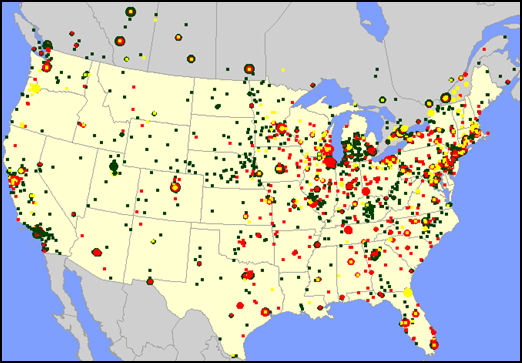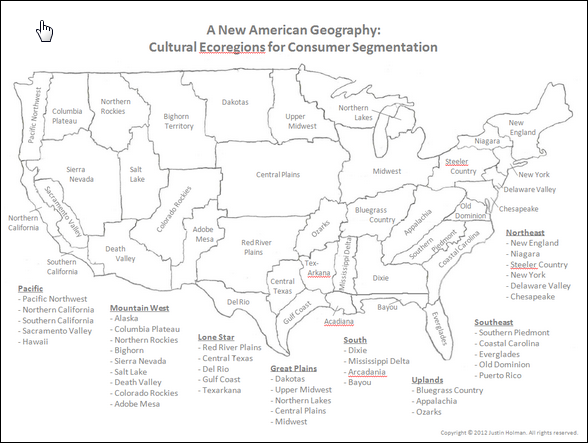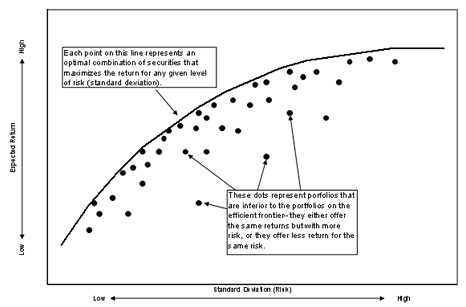A recent article on Fab.com (a fast rising $140 million design retailer) reminds us that there are multiple lead times in a supply chain and that inventory plays a key role. Here is key question (from the WSJ) and the answer (from the CEO):
WSJ: Earlier this year, your average shipping time was 15 days. How have you improved fulfillment?
Mr. Goldberg: We’re living in an Amazon world—shipping should be fast and free. We’ve invested tens of millions of dollars this year on two efforts. One is to build warehouses so that we get things in and out very quickly. The other is purchasing inventory. Last year during the holidays about 10% of our product was in inventory. Seventy percent of the products that are currently on Fab right now are in inventory, which means they’ll ship within one day of purchase, which means they’ll get anywhere in the U.S. in one to four days.
This is very interesting on a few levels.
First, Amazon (and other retailers) started out just like this– with no inventory. In fact, back in the late 90’s, there were articles saying that on-line retailers had a huge advantage because they didn’t need to hold any inventory. They would take the order and then have the vendor ship to the customer. It would have been a great business model if had worked. But, like Fab.com is finding out, customers don’t want to wait 15 days. Like Amazon before them, Fab.com is finding out that they need to hold inventory to reduce lead times to the customers and control their business better.
Second, this shows that there are multiple lead times in a supply chain. Presumably, Fab.com’s lead time is still 15 days. However, because they have an inventory buffer at their warehouse, their customers now only see a 1 day lead time. So, the inventory buffer changed the lead time buffer that the customer sees. Inventory buffers are also very useful for buffering variability that the customer sees.
In general, a company should measure the overall lead time, but also the lead time seen by different parts of the supply chain (what does the customer see? what does the warehouse see? what do the plants see?).
Now, Fab.com can work on reducing the 15-day lead time from vendors knowing that the customers see the 1-day lead time. As they reduce the 15-day lead time, the benefit will be a smaller pile of inventory at the warehouse.


